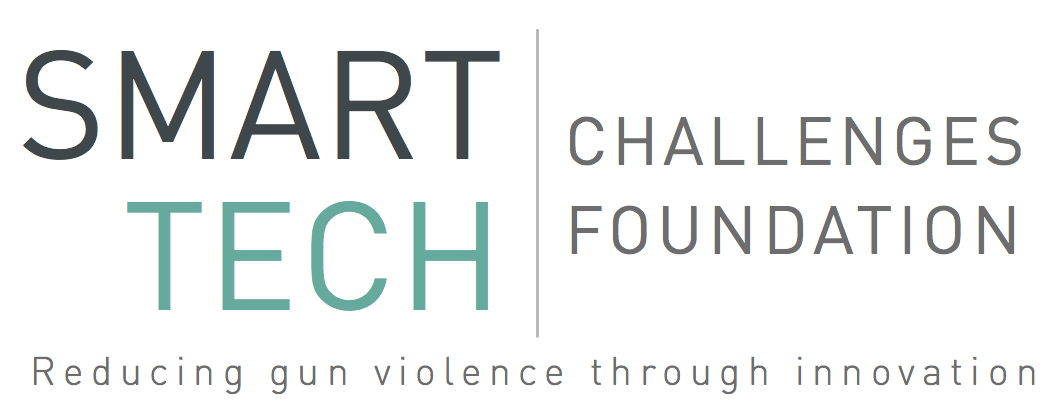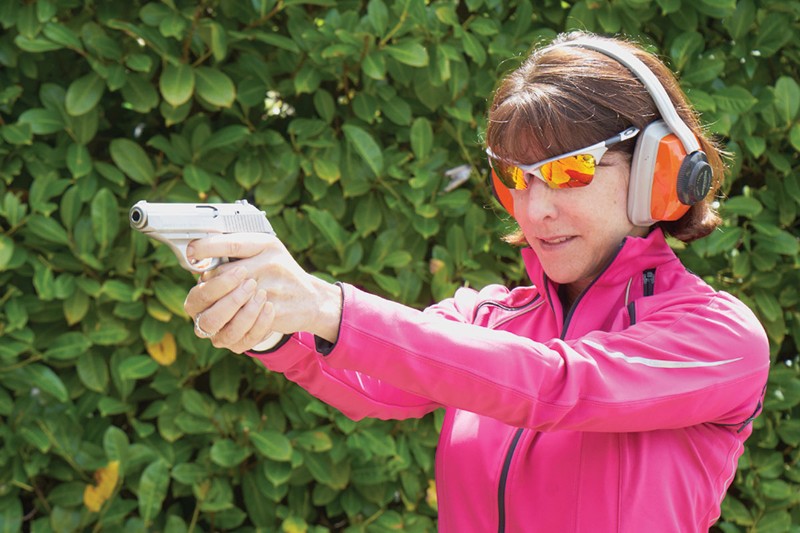Smart guns locked to owners’ identities could stop needless deaths
Originally published in New Scientist London.
What is your foundation’s approach to the US gun situation?
It’s a polarising issue in this country – the political system is gridlocked. Many groups pursue a legislative approach to gun violence, but we’ve sidestepped the politics to address the problem through technology. Last year we launched a $1 million challenge to invite innovators, the majority of whom are gun owners themselves, to create safety devices that can be built in to new guns – or retrofitted to existing ones, because the US already has about 300 million guns in circulation.
What have they come up with?
We are now funding 15 innovators who are working on a wide range of gun-locking devices, such as biometric technologies that use a fingerprint or grip that is unique to an individual to verify their identity, so the gun can only be fired by authenticated users. We also have people developing radio-frequency identification (RFID) technology. These guns can only be fired when in close proximity to an RFID token, which could be worn in a ring or bracelet. If the quarter of a million or so guns that are stolen out of US homes every year incorporated such safety features, these weapons would essentially be rendered useless if they fell into the hands of criminals who might otherwise hurt someone with them.
Under normal conditions, how fast could your fingerprint unlock a gun?
One of our innovators has created a prototype biometric retrofit for an AR-15 Bushmaster rifle. It reads your fingerprint in a fraction of a second and unlocks the gun. It’s pretty much instantaneous. If your hand gets wet, dirty or bloody there may be issues around reading the fingerprints quickly enough, but the technology is always improving.
Interesting that you work with gun owners…
They want to reduce firearm injuries and deaths, too. There are 1.7 million unlocked, loaded guns in US homes. That’s a huge concern because children are innately curious, and oftentimes in homes with firearms all the guns are locked up except for one – the one used for personal protection in case someone breaks into the house. It’s hidden away in a bedroom, say, loaded and ready to be used in an emergency. But children have a tendency to find things and, before you know it, the child finds the gun, is playing with it and accidentally fires it, injuring or killing the child, a friend or a loved one.
Why aren’t more groups developing such safety technology?
There’s not a lot of funding for projects like this. For example, the Kickstarter crowdfunding website doesn’t let you apply to fund anything to do with weapons. And people who want gun control tend to pursue legal means. We continue to have these tragic shootings in the US, but I hope our work will further the development and funding of these technologies so that ultimately we will see smarter, safer firearm products get to market and start saving lives.
Margot Hirsch is president of the Smart Tech Challenges Foundation, based in San Francisco, which awards funds to innovators to foster developments in smart guns and firearm safety.

